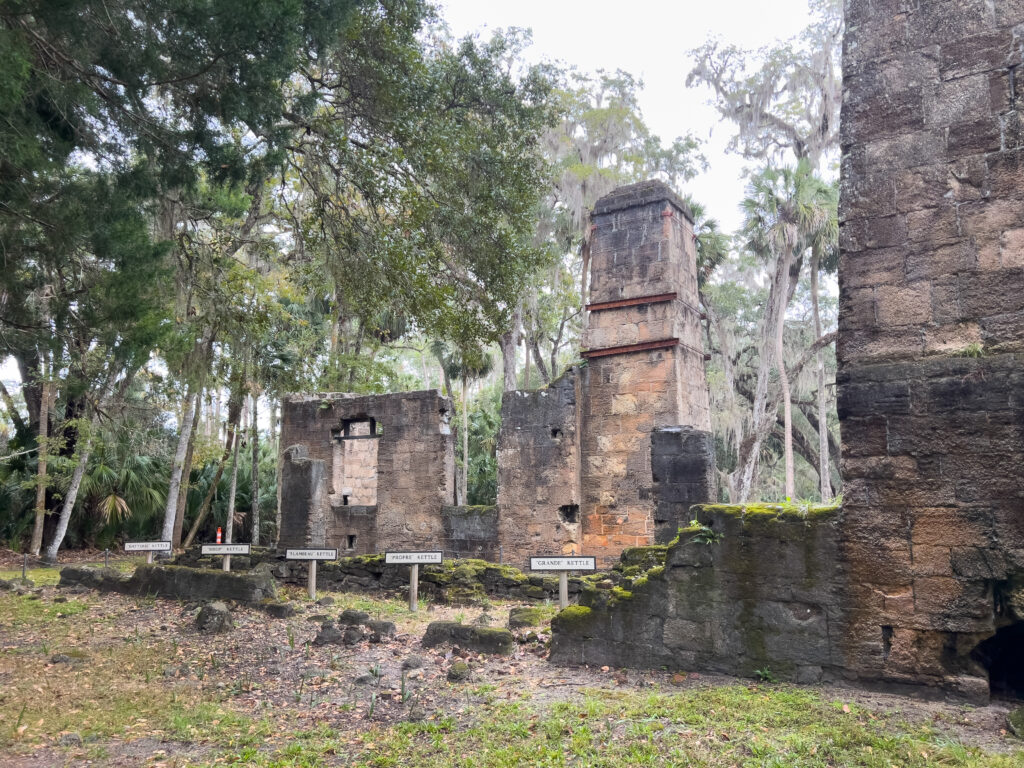Bulow Plantation Ruins Historic State Park: Witness to Florida’s Past
Visit Bulow Plantation Ruins Historic State Park in Flagler Beach for a blend of wild and historic Florida. Tucked into a canopy of live oaks, the coquina rock remnants of this once-prosperous 19th-century sugar plantation stand as a physical reminder of the Florida frontier. This is a place for reflection and history, but also a wild landscape worth exploring.
Words and photos by Sara Sheehy
Live Wildly Lead Adventurist
Once an immense sugar mill, this park tells the story of the industry and inhabitants of Bulow Plantations, which was destroyed in 1836 during the Second Seminole War. Explore the ruins, paddle on the designated canoe trail, and keep an eye out for wildlife of all types.
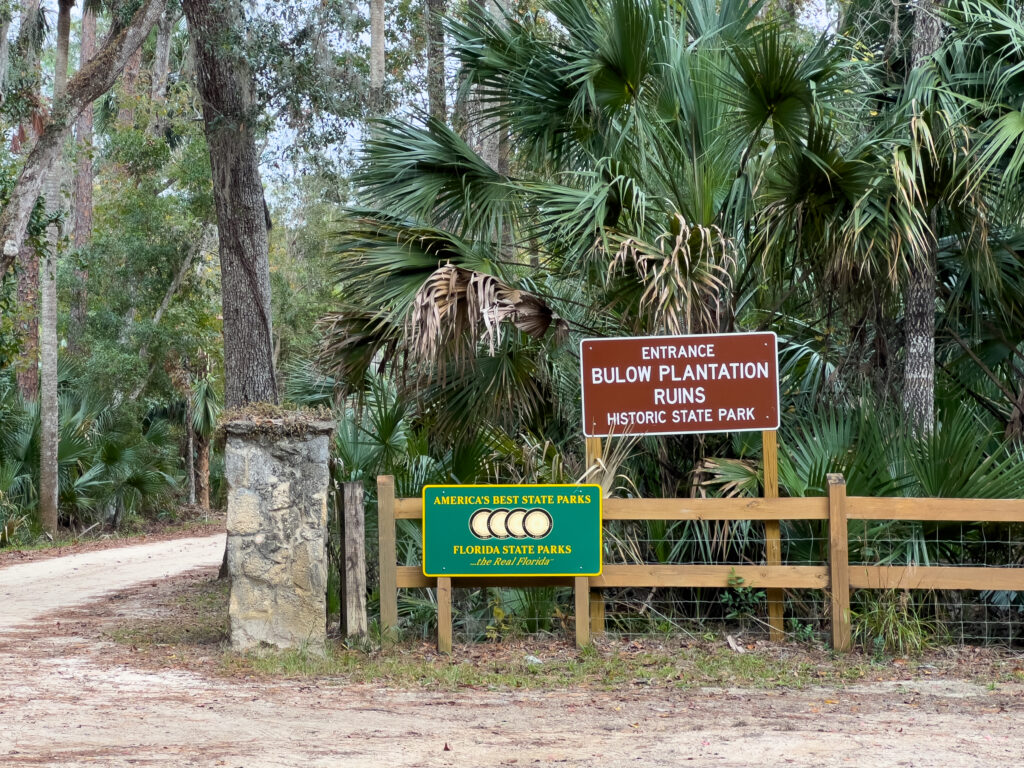
Connecting Wild Florida at Bulow Plantation Ruins Historic State Park
Wildlife needs room to roam – just like humans. Bulow Plantation Ruins Historic State Park is part of the Flagler County Blueway, a Florida Forever project that aims to protect and connect wild lands east of I-95 in Flagler County.
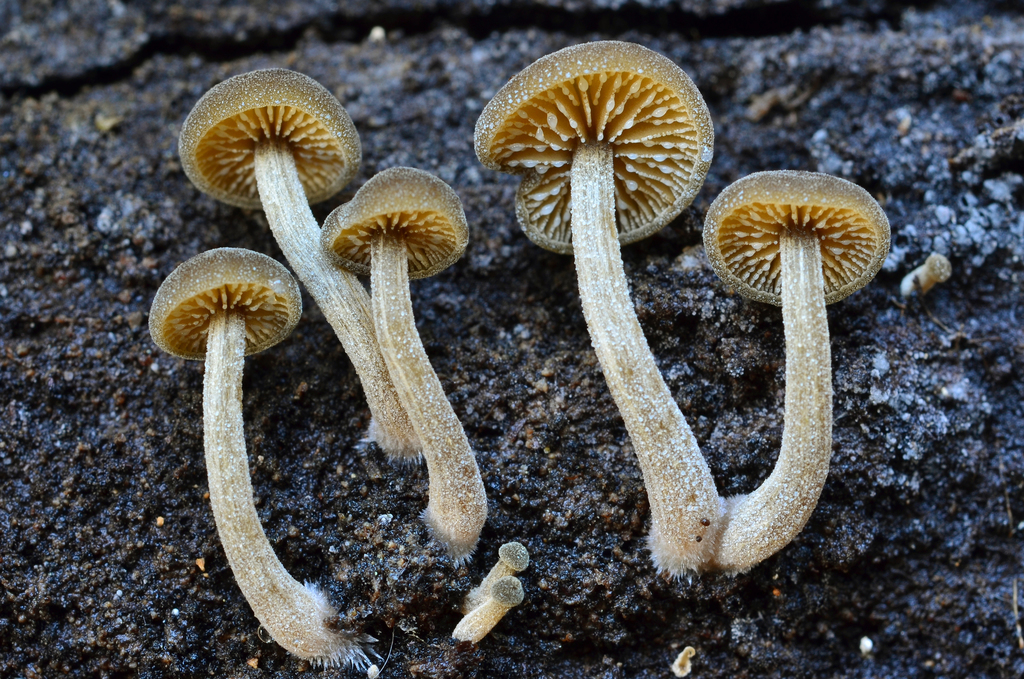 Dingy twiglet mushroom / Photo by Christian Schwarz (CC BY-NC)
Dingy twiglet mushroom / Photo by Christian Schwarz (CC BY-NC)
This landscape provides habitat for unique species like the Florida black bear and gopher tortoise, but charismatic wildlife aside, there is plenty more to see here. When visiting Bulow Plantation, keep an eye out for its rich diversity of mushrooms – Birch brittlegill, Turkey-tail, Pineapple bolete, Peppery milkcap, and Ringless honey mushrooms have all been found here.
Check out the full list of citizen scientist observations on iNaturalist!
Things to Do at Bulow Plantation Ruins Historic State Park
Explore the Historic Ruins
Bulow Plantation Ruins Historic State Park’s main draw is the coquina stone ruins of the former sugar mill, listed on the National Register of Historic Sites. Walk the interpretive trail around the crumbling foundations of the mill, spring house, and remains of the plantations and the cabins of enslaved people.
More history in wild Florida: May Our Stories Endure at Fort Mose
An outdoor museum houses artifacts and written accounts, including a look into the day-to-day workings of the town called “Bulowville” and its ultimate destruction.
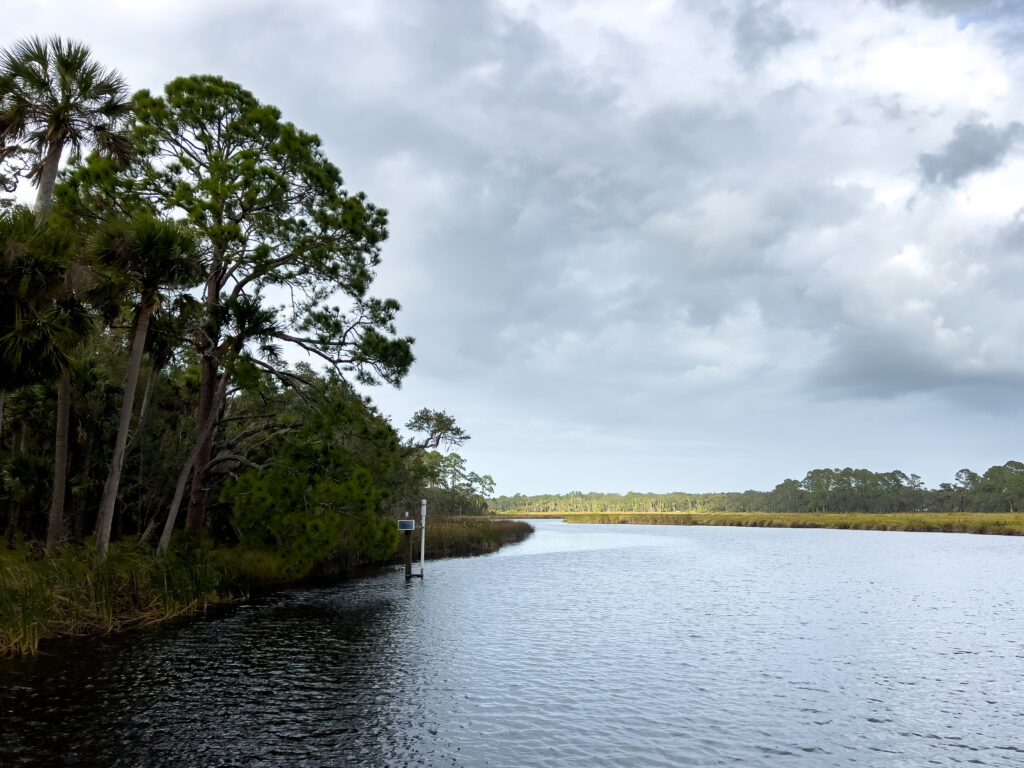
Paddle the State Canoe Trail
Bring your canoe or kayak and hop on the Bulow Creek Paddling Trail. These tidal waters are calm and suitable for both beginner and more experienced paddlers. The creek is lined with oak trees and is a prime spot for seeing wading birds and, occasionally, a manatee.
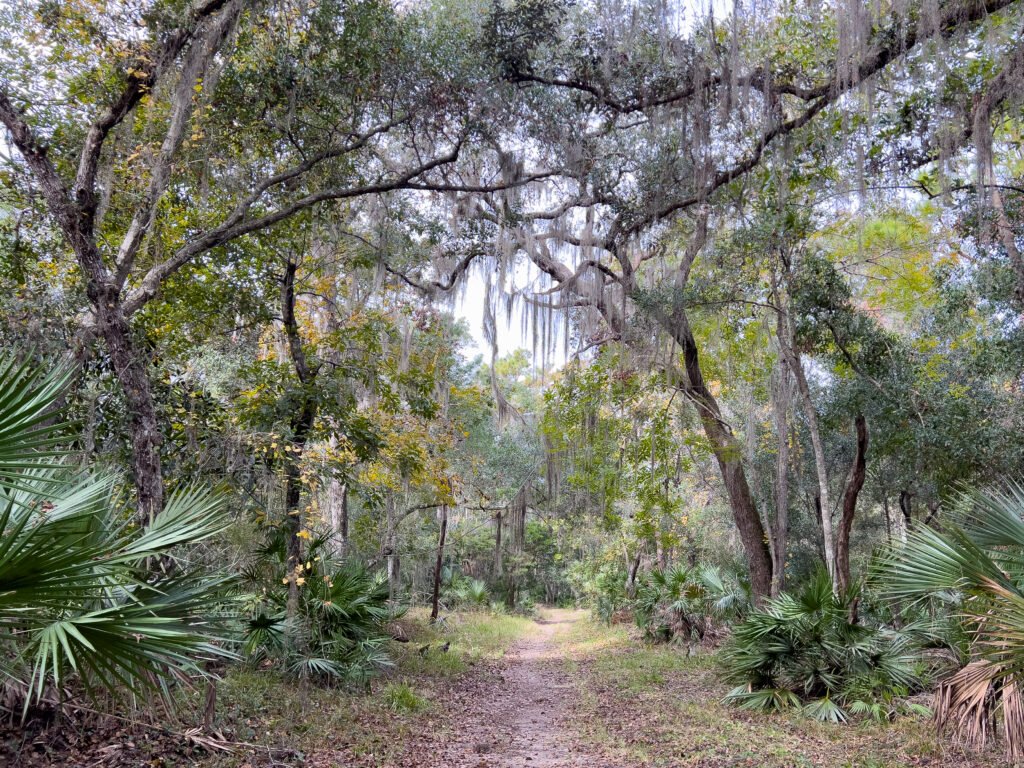
Hike or Bike the Bulow Woods Trail
A 6.8-mile hiking and biking trail connects Bulow Plantation Ruins Historic State Park with nearby Bulow Creek State Park – home to the massive Fairchild Oak, a 400-year-old live oak tree. Walk or bike a portion or do the trail in full to wind through the coastal hammock landscape. Keep an eye out for deer and look up into the tree canopy to spot birds.
Fishing and Picnicking
Cast a line for saltwater species like redfish, snook, and trout from your canoe or from the small dock on Bulow Creek. Picnickers will enjoy a scenic stretch along the creek that has grills and a screen pavilion to save you from the bugs.
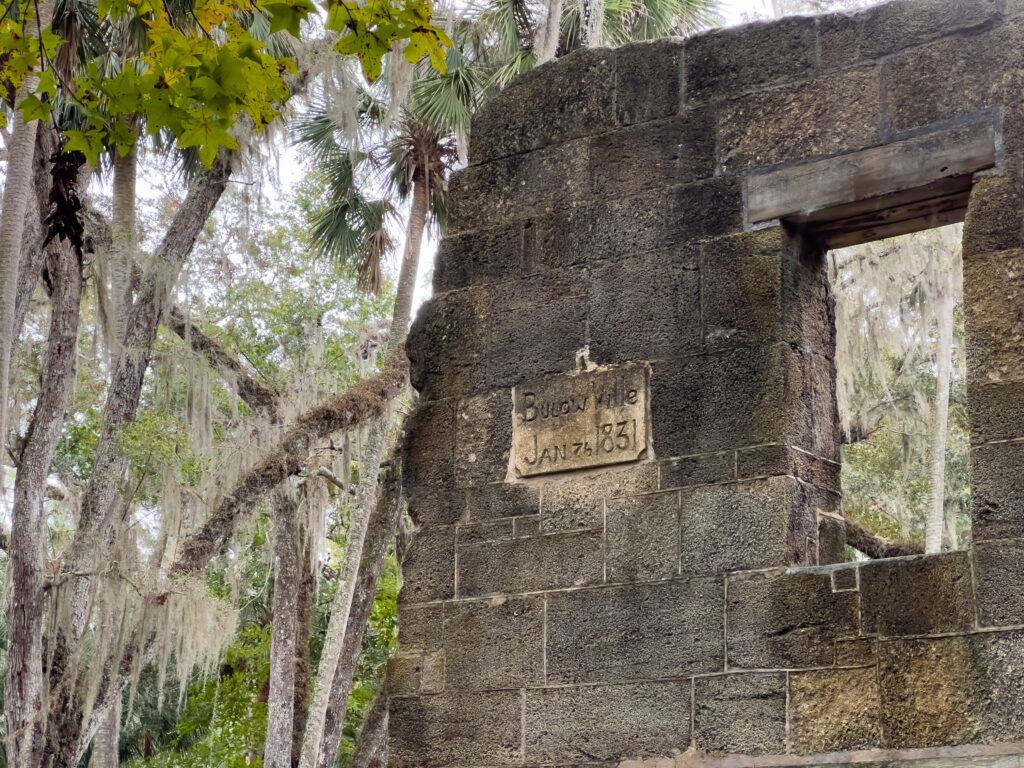
Plan Your Visit to Bulow Plantation Ruins Historic State Park
- Hours: Open Thursday through Monday from 9 a.m. until 5 p.m. (The park is typically closed on Tuesdays and Wednesdays).
- Fees: $4 per vehicle (limit 8 people) or $2 for pedestrians and bicyclists. Please use the honor box for payment (exact change required).
- Pets: Allowed on the trails and in the park’s general areas; must be kept on a leash at all times. Dogs are not allowed inside the ruins area.
- Facilities: Picnic area with grills, accessible restrooms, and an interpretive center/museum.

